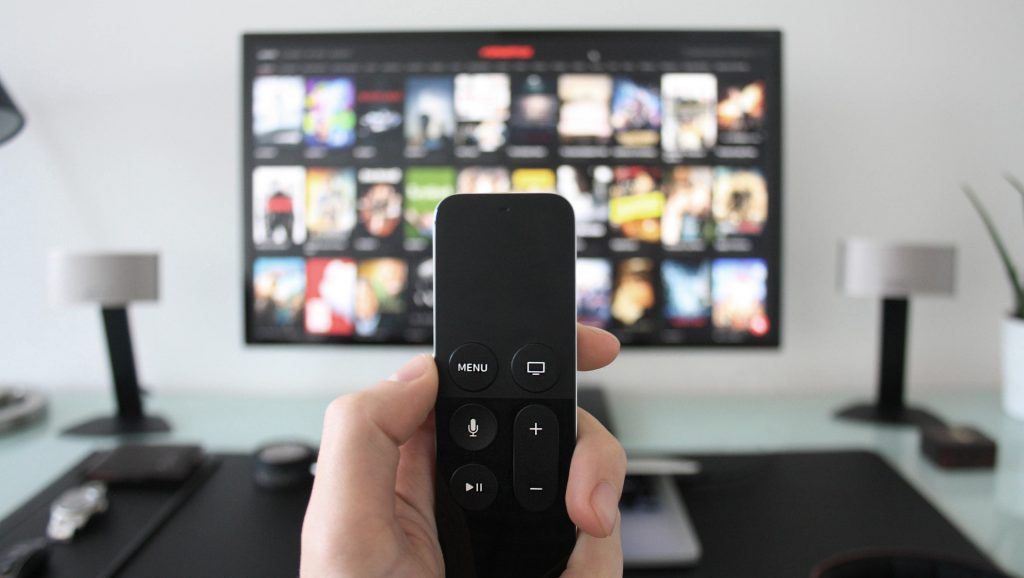
After more than 40 years of operation, DTVE is closing its doors and our website will no longer be updated daily. Thank you for all of your support.
Streaming fatigue is setting in, claims report
 After nearly a decade of irrepressible growth, cracks are emerging in streaming with fatigue beginning to set in.
After nearly a decade of irrepressible growth, cracks are emerging in streaming with fatigue beginning to set in.
According to a new survey conducted by YouGov on behalf of The Trade Desk, 59% of Americans are not willing to pay more than US$20 a month for streaming TV services with 75% unwilling to pay more than US$30 per month.
Despite the ongoing shift of TV providers towards subscription-based TV services, the study suggests that there are “hard limits to consumer appetite” for SVODs. This is particularly true when it comes to those which are supported by ads.
Consumers are, the survey found, willing to engage with services that are supported by ads. More than half (53%) said that they are willing to watch ads every other episode in exchange for lowered subscription costs.
Though many operators are in pursuit of addressable advertising, only 40% of respondents said that they would rather see ads tailored to their preferences. This increases to 68% if respondents were offered more tailored ads if it meant seeing fewer of them.
The research also shows that 46% of Americans don’t want to see the same advert repeated multiple times, and 36% wish for fewer ad breaks.
Brian Stempeck, chief strategy officer at The Trade Desk said: “With consumers experiencing subscription fatigue and unwilling to subscribe to more than one or two premium services, broadcasters have to figure out how to continue to fund this new golden age of TV. At the same time, consumers are willing to view ads if it means their subscription costs go down, even more so if those ads are relevant to their interests and are just not the same ads over and over again. This indicates that ads will fund the future of streaming TV, and that broadcasters and advertisers have an opportunity to improve the advertising experience in a way that simply is not possible with traditional, linear TV.”


